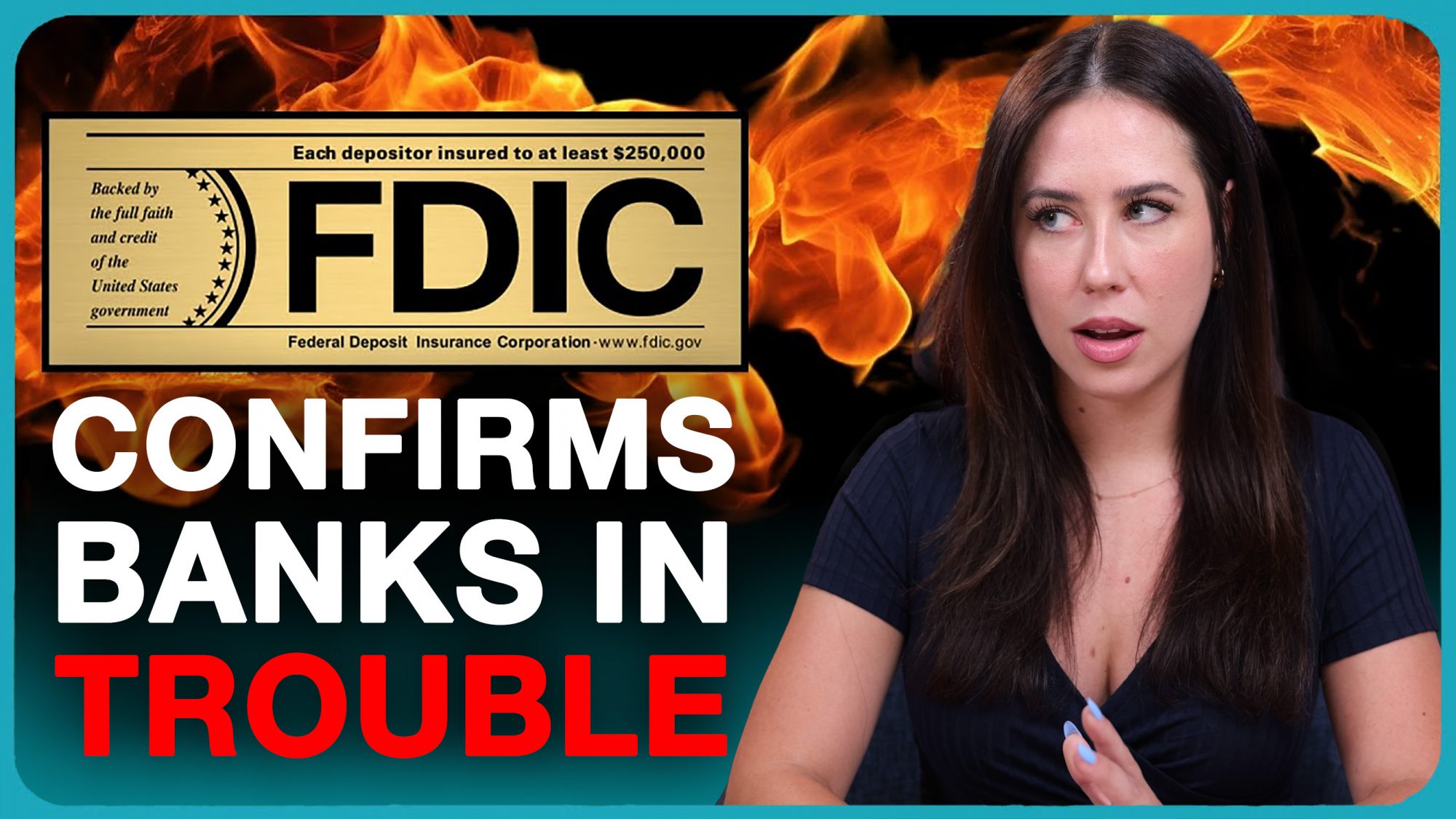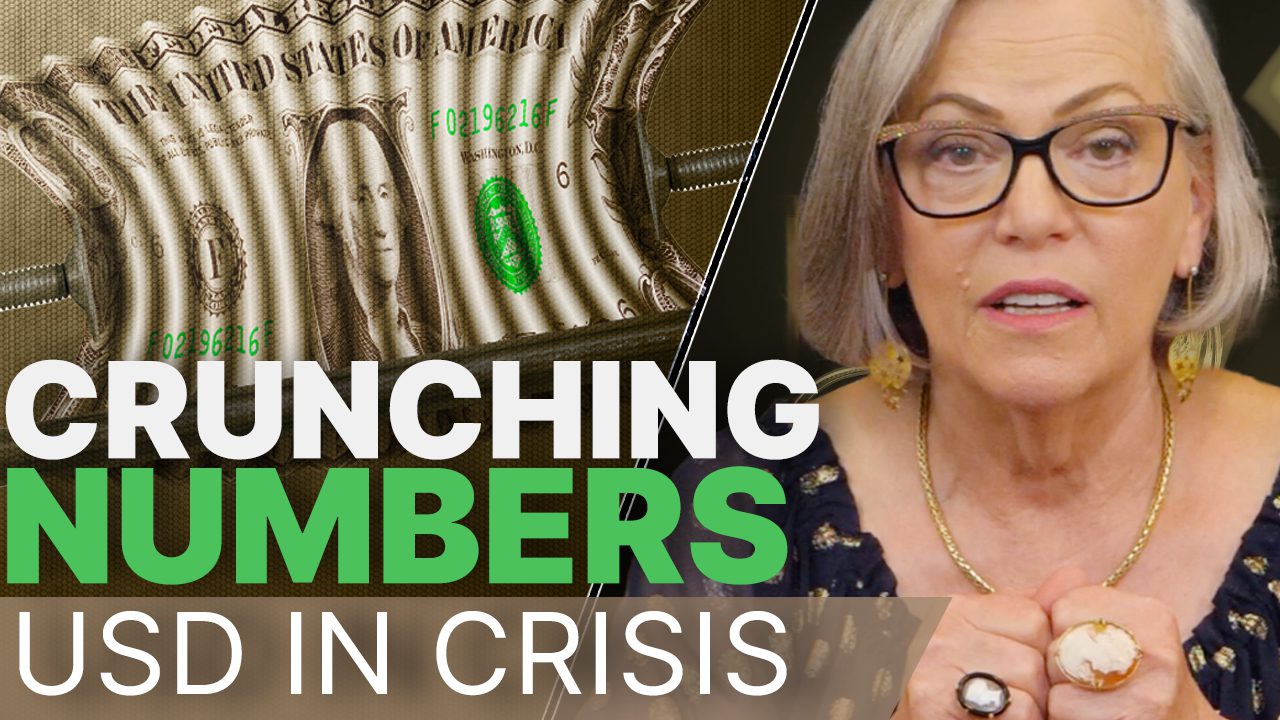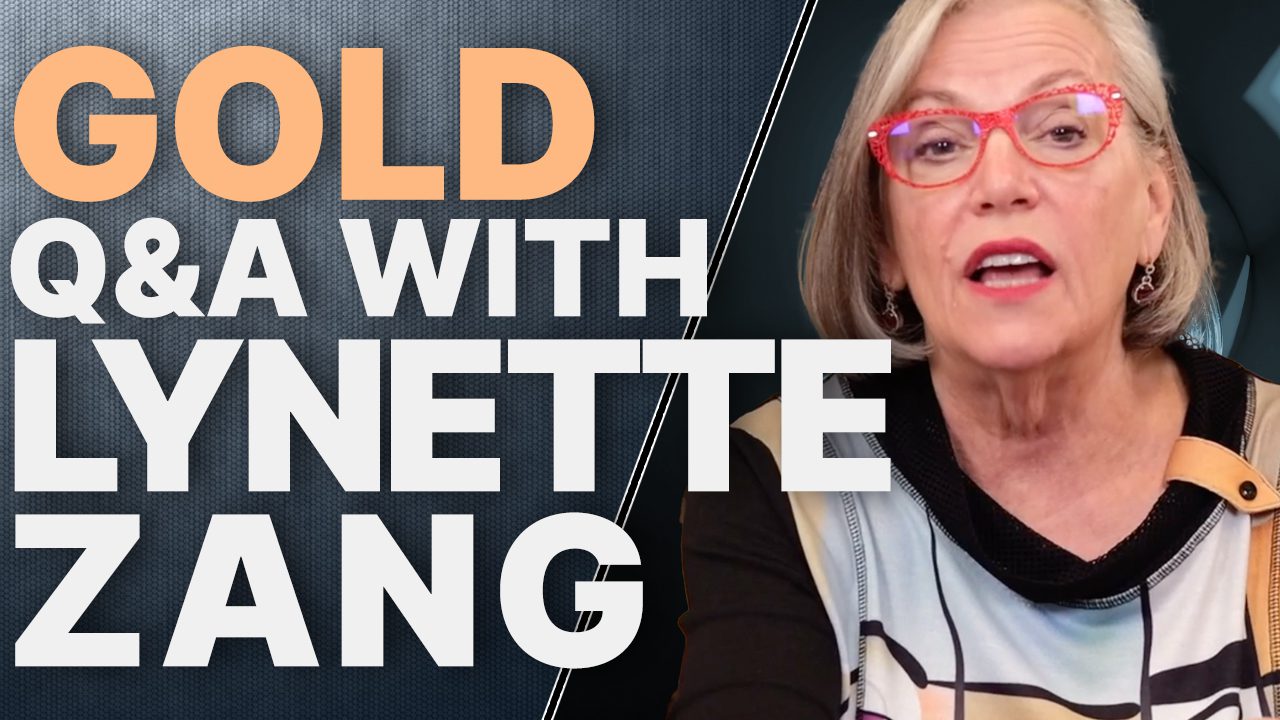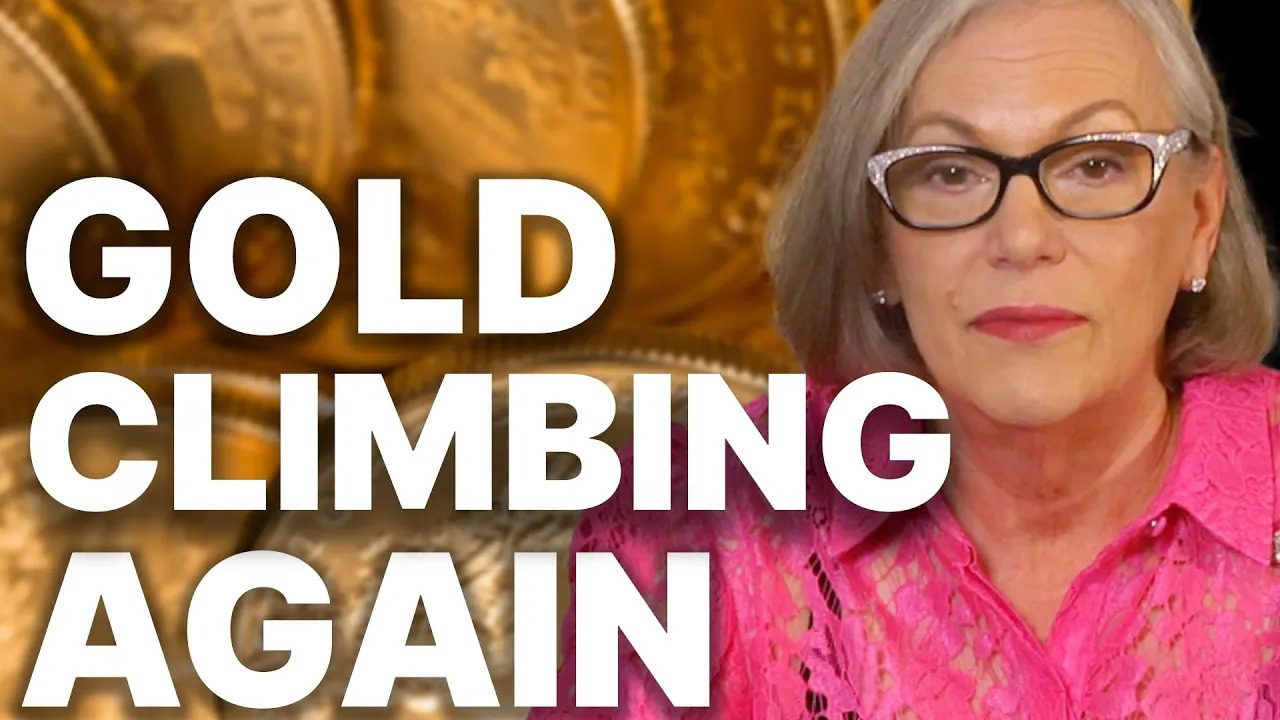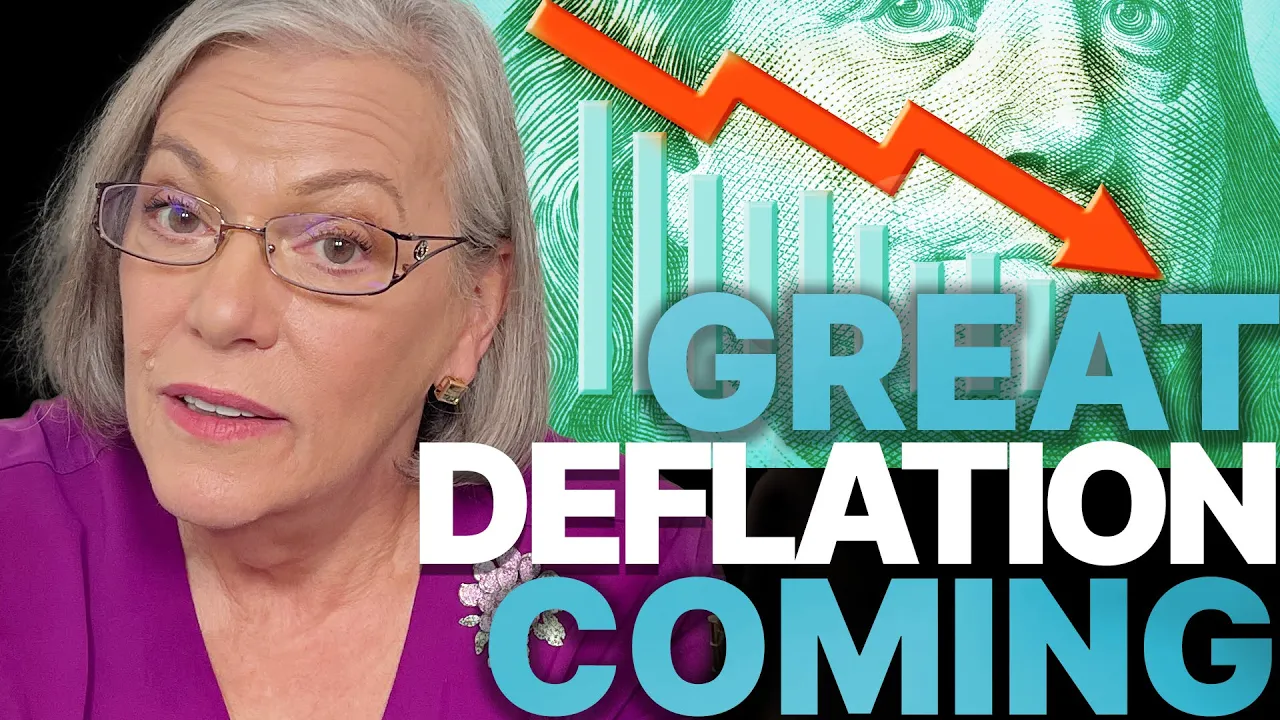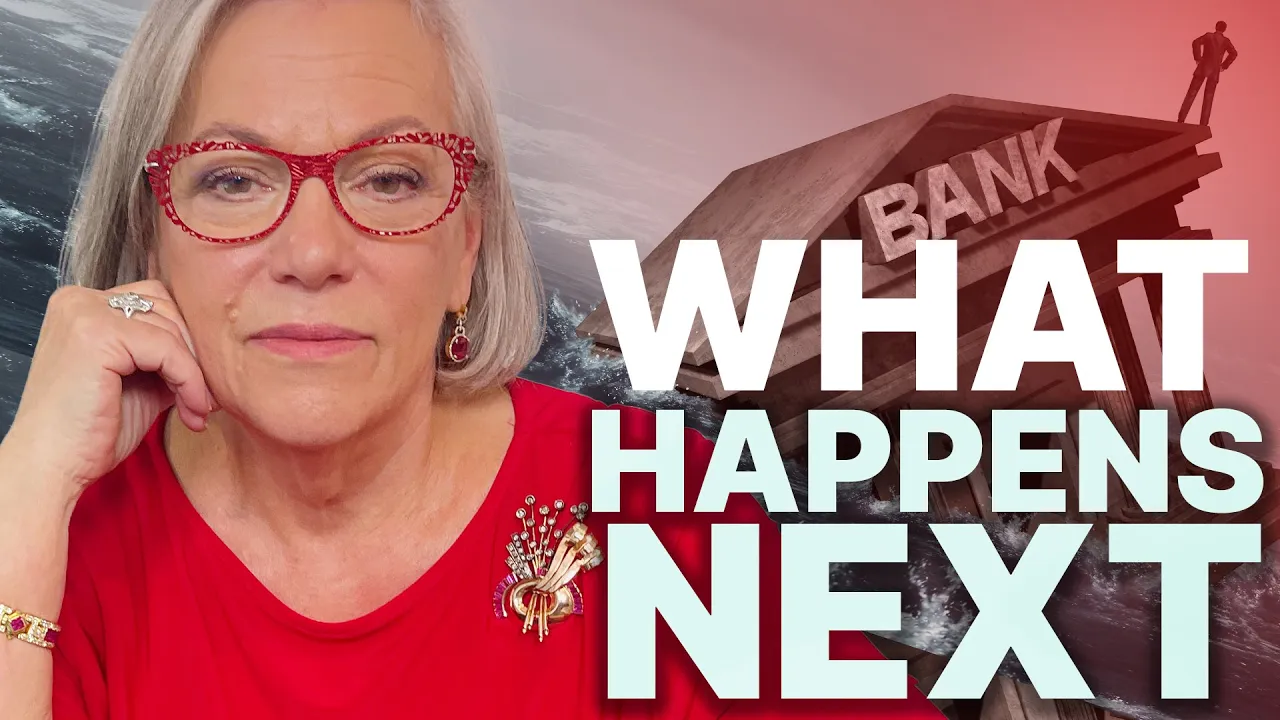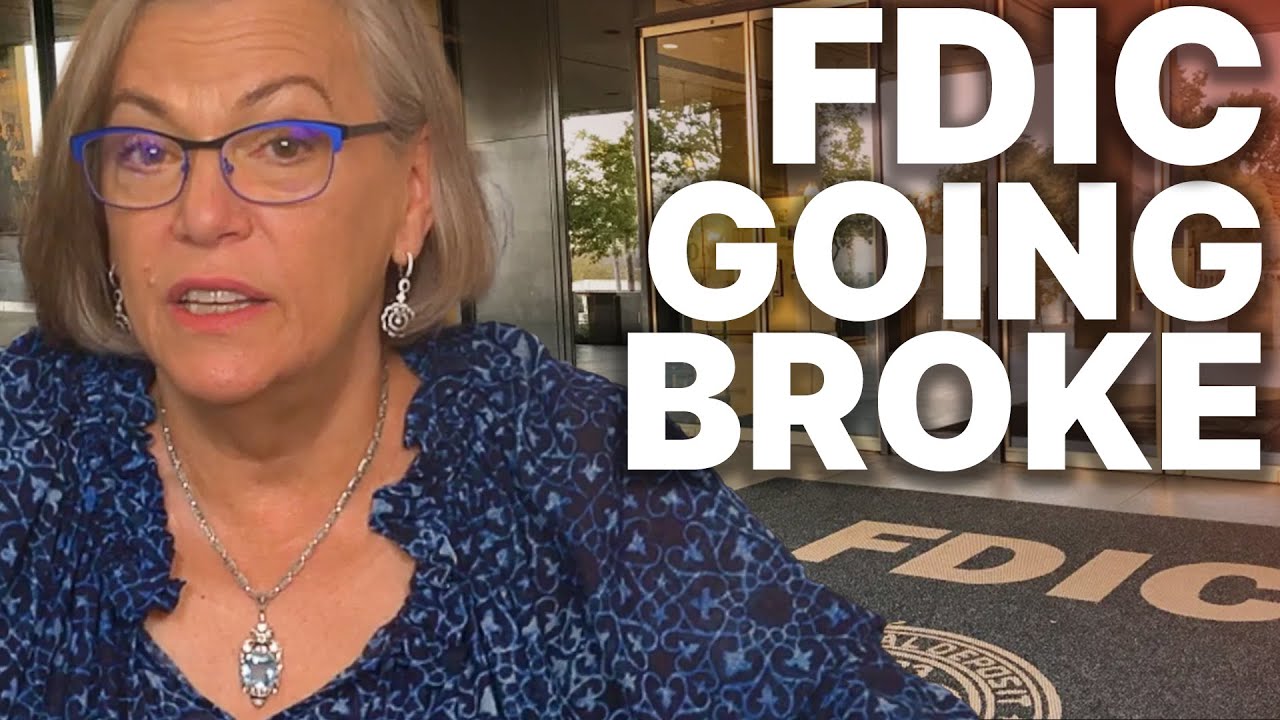How the FDIC Can Legally Steal Your Money
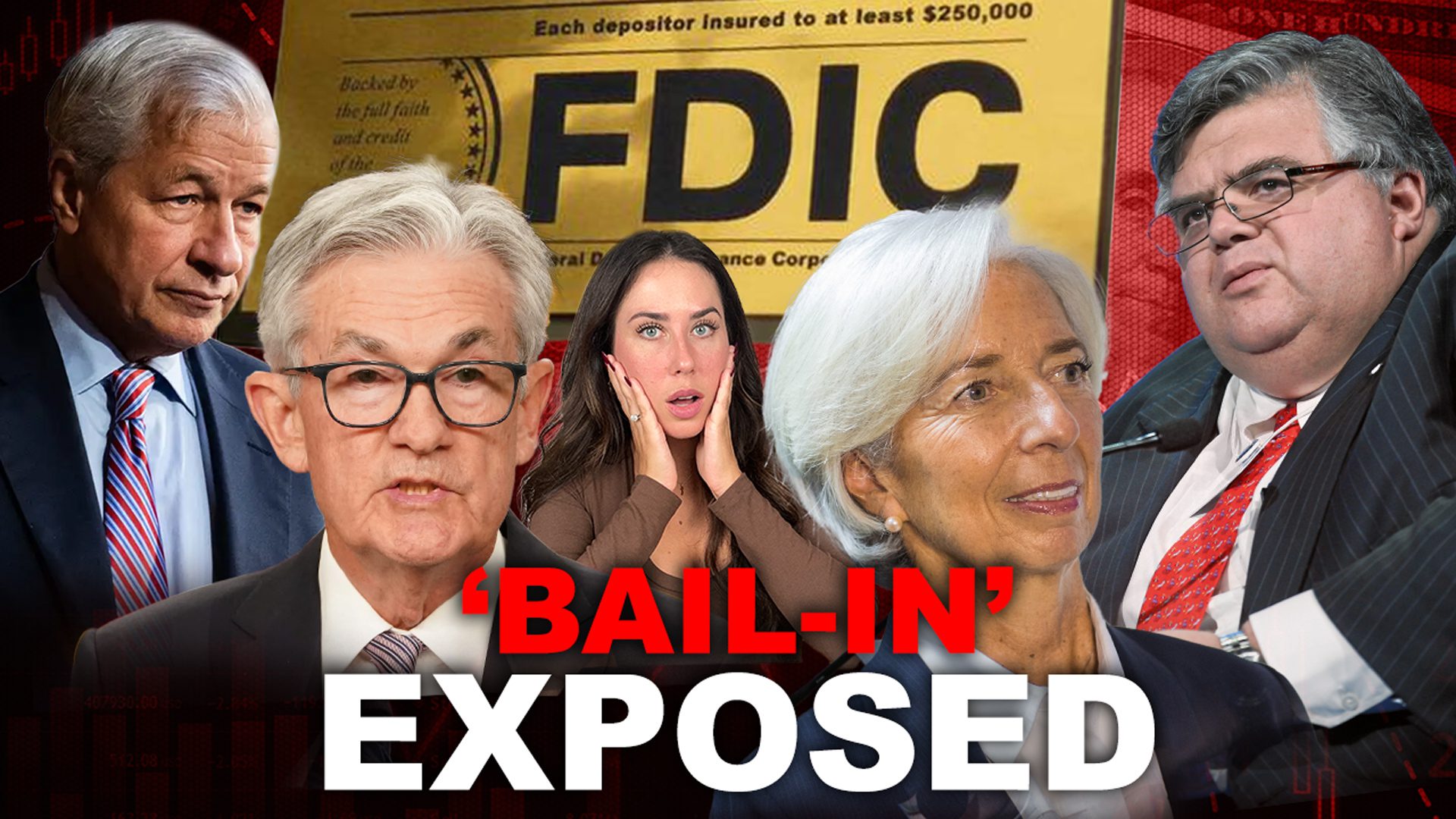
Is your money really safe in the bank? Behind closed doors, FDIC leaders admitted the public has too much faith in the banking system. Their secret bail-in plan lets them legally steal your money. Don’t be left helpless when the next crisis hits!
CHAPTERS:
0:00 Bank Fail
2:56 Creation of FDIC
6:47 Long-Term Bonds
8:06 Bail In
9:47 Guide to Smart Money
TRANSCRIPT FROM VIDEO:
Picture a day not too far off where you wake up, you turn on the news and you see that banks are in trouble with some, maybe even failing. People start panicking. They remove the money from their investments because they no longer have faith in the US economy, a snowball effect happens as panic spreads like wildfire, and suddenly banks are faced with the reality that they have significant asset losses as a result of rising treasury yields. When people are racing to withdraw their money from the banks, the banks are trying to sell off their assets, but they are discovering that they can only be sold at a huge loss, if at all. Fear grabs you and you realize that you have to do something fast. You grab your keys, you jump in your car, you go down the street to your bank, but you are devastated to see that there’s already a line of cars doing the exact same thing. What you don’t know is that during that time, your bank actually already failed.
I want to briefly speak about what’s happening in Silicon Valley Bank and Signature Bank.
While you’re waiting in line in your car, you get a notification that says that your bank is doing a bail-in. You don’t know what that means, but you hope for the best. Maybe it’s something good, but in reality, as you read on, you realize that the FDIC, the people who are supposed to protect you and insure your money are taking your money and using it to make the bank’s whole again. What do you do next?
Hi everyone. I’m Taylor Kenney with ITM Trading. The scenario I just described might be difficult to imagine, but given everything that’s going on right now with the Treasury yield, government spending immense pressure on banks and what we know about the FDIC’s future plans, you should be prepared for this scenario to happen at a moment’s notice. For the naysayers out there, don’t worry, we are going to lay it all out, starting with why it’s so important and critical right now to be having this conversation. How come you should not be trusting the FDIC or counting on a bailout given all of the facts we know, and most importantly, what you can do to protect yourself?
Everything about the Federal Deposit Insurance Corporation is designed to be reassuring. You walk into your bank, you always see that gold sticker right there showing that your money is insured. You walk up to your teller, they tell you, don’t worry, your money is safe with us, but in reality, that is not the case. That is just what they want you to think. In a clip of an FDIC meeting earlier this year, members were quoted as saying the American people had more faith in the banking system than members in that very room and then proceeded to laugh about it.
This is what I really want you to hear because it’s not me saying it
“right, it’s, it’s I I think you’ve gotta think of the unintended consequences of taking a public that has more full faith and confidence in the banking syst em than maybe people in this room do <laugh>.”
So how did we get here? Well, following the Great Depression, and up until the mid 1930s, almost a third of banks in the United States failed, which obviously eroded confidence in the banking system as a whole. Whenever rumors spread of a bank being unable to pay out a large amount of its depositors or people who stored money in the bank would physically run to the bank to be first in line to get their money out, which is where we got the term bank run from. The reason that so many banks didn’t have enough money to cover their withdrawals is because there was a big credit boom in the 1920s. This credit boom resulted in banks only keeping a fraction of the total deposits on hand, so if they needed to provide more deposits or too many people were trying to withdraw their money, they were forced to sell off assets that they might have at a lower value.
Sounds like maybe not that much has changed in the last 100 years, but I’m jumping ahead.
People withdrawing their money and holding onto their cash instead of depositing it into banks presented a real problem for the US government. Less cash into banks meant a restricted money multiplier, effect, less money supply, and essentially handcuff the United States government and slow down growth. They couldn’t have that to solve this problem. The FDIC was created by the Banking Act of 1933. The primary responsibility of the FDIC was to ensure depositors, you and me at US banks, they would ensure up to a certain amount for deposit accounts such as checking and savings. The FDIC is funded primarily by the banks themselves. The banks pay a premium and therefore are insured. The FDIC is also backed by full faith and trust in the government of the United States. More on that in a second.
We know just like in the 1930s, banks today only have a fractional amount of assets compared to their total liabilities. The assets can be a variety of things, but most banks carry a large portion of their assets in government-backed securities or long-term bonds, which means that when the yield rate goes up, these banks actually have a loss. They will have unrealized losses from low yielding bonds. The reason that this is so important and so important right now is that it poses an immediate threat to your bank’s ability to stay afloat. The yield rates right now are wild, and part of the reason why this is so important is that these banks are faced with a dilemma. Right now, these losses might be unrealized, but let’s say that they needed cash and they needed cash quickly. Well, they can take these long-term bonds and either sit on them, but then they don’t have any cash or they’re forced to sell them at a loss, and those unrealized losses just became a whole lot more real.
We just saw this exact same situation happen earlier this year with Silicon Valley Bank. They had the majority of their assets tied up in these long-term bonds, and what happened when they needed cash? Well, they were forced to sell them in an unfavorable price and realize loss. It’s also really important to note that when that happened to Silicon Valley Bank, the yield was about 4%. Right now, we’re seeing a yield rate of 5%, which hasn’t been seen since 2007, so the clock is ticking on these other banks, and we’re seeing it play out now in live time with massive banks like Bank of America showing $130 billion loss in Q3 because of the diminishing assets that they have tied up in these long-term bonds. Sure, maybe they can float that right now, but what happens when some people don’t feel as confident in their abilities and they start to withdraw their funds? Where are they going to get the money from? I’m telling you, it’s only a matter of time on how this is going to play out.
Now, I know someone out there is gonna say, well, if my bank went under worst case scenario, my money would still be protected by the FDIC. Let’s run with that one a little bit. As of June of this year, the FDIC has roughly $117 billion in their fund available to help banks out and make sure that insured people get their money back. By comparison, there are trillions and trillions of dollars worth of deposited money in US banks. Now, I know that not all of that deposited money is insured by the FDIC, but it does not matter. I am telling you, they do not have enough money to cover multiple banks going under or multiple banks unable to pay their depositors, but let’s continue to go with it. Let’s say they use all $117 billion and it’s still not enough. Then what options do they have? Well, they are allowed to borrow up to a hundred billion dollars from the US Treasury. Still not enough.
So then this is where that backed by full faith and credit of the US government becomes interesting. How is the government going to fix this? Where are they going to get their money from? From the sale of bonds? Brings us full circle. Yes, the same bonds that no one is buying the bonds, that not even the Fed is buying. So what do you do at that point? Well, I’ve gotta give it to you.
The FDIC does have one other trick up their sleeve that is technically public knowledge, but most people don’t know. I’m sure by the FDIC’s choosing. Earlier this year, a closed meeting from the FDIC had leaders stating that they wanted to make sure that people were aware, and I quote, that they can be bailed in and they will be.
I mean, it’s a little bit conflicted, right? I mean, it’s important that people understand they can be bailed in, but you don’t want a huge run on the institution, but they have. I mean, they’re going to be.
And this is the real kicker, for those of you who don’t know what a bail-in is, the FDIC is fully within their rights to come in, take over a failing bank and use your money to square away the bank’s debts. Essentially, steal your money from that failing bank so that the bank is okay. This is directly from the FDIC, the very people who are supposed to be keeping your money safe and make sure that you are insured, and it makes me mad. I’m sorry, but it makes me mad because just like always, it’s you and I, it’s the every man. It’s the people who get the short end of the stick in this, not the corporations, not the FDIC members, not the banks, not the government. Nope, nope. Just the everyday people who would be robbed of their hard-earned money.
I don’t wanna sound jaded, but it does make me pause and think about how I don’t want my wealth to be in the hands of someone else. I wanna have control over my finances and not leave it up to chance or leave it up to the FDIC big banks in the US government.
I can only speak from personal experience, but if you are like me and you wanna learn more about how you can protect yourself during these times, especially with everything that’s happening and happening so quickly, I strongly recommend that you check out the Buyer’s Guide to Gold and Silver. It is linked below. It is completely free, and it is tremendously educational, especially if you’re trying to figure out what your next step is.
Personally, just me, I am not trusting anything that’s tied to the US dollar, whether that’s a 401k, a pension bonds, you name it. Now everyone has to do what’s right for them. I just don’t wanna see anyone that I care about go through and experience and live that scenario that I described at the beginning because they knew about it and just didn’t take action to be prepared. It is so important right now that we’re all growing and learning together, so please make sure to share and subscribe if you’re not already. Also, I love reading your comments, so if you have any other thoughts or questions, please leave them in the comments below. As always, I’m Taylor Kenney with ITM trading. Until next time.
TAYLOR SOURCES:
https://www.fdic.gov/resources/deposit-insurance/faq/
https://time.com/6262009/silicon-valley-bank-deposit-insurance/
https://www.visualcapitalist.com/ranked-the-u-s-banks-with-the-most-uninsured-deposits/
https://fortune.com/2023/10/24/treasury-bond-yields-economy-us/
https://www.fdic.gov/deposit/insurance/corporate-investment-policy.pdf
https://www.history.com/topics/great-depression/bank-run
https://digital.library.nashville.org/digital/collection/nr/id/2258/
https://www.fdic.gov/analysis/quarterly-banking-profile/statistics-at-a-glance/index.html
https://www.landmarkgold.com/fdic-bankers-discuss-bail-ins/
https://www.fdic.gov/analysis/cfr/bank-research-conference/annual-18th/pres/1-raluca.pdf
https://finance.yahoo.com/news/bank-americas-unrealized-losses-securities-123958651.html
https://fred.stlouisfed.org/series/DPSACBW027SBOG
https://ycharts.com/indicators/us_banks_estimated_insured_deposits
VIDEO SOURCES:
US could face economic turmoil if another bank faces collapse, money bosses warn – BBC News
https://youtu.be/XYFZIFkTz-U?si=h_qk1fPXZuoPuDSg
Mass. residents wait in line for money from defunct Silicon Valley Bank
https://youtu.be/Xk51ONA4ZMQ?si=8QtFefzjUTj2uA3N
Bond Report: Rising Treasury yields
https://youtu.be/_9Z1J4t9DYI?si=HOlPxpbKCFbNcHP8
SVB Bank Collapse – Watch LIVE Pres. Biden delivers remarks on Silicon Valley Bank collapse
https://www.youtube.com/live/ifTykhVwbwU?si=lcTldvp3TyEeqCQa
Inside Silicon Valley Bank’s Collapse
https://youtu.be/YUCEms8KMkA?si=CfB1nSvAUvPw3nPi
First Republic Bank explores possible sale of assets: Report
https://youtu.be/AOL2JkQv97w?si=WZVqsEzw5IaLe-l9
https://www.flickr.com/photos/96739999@N05/52451644024/
video of closed meeting at the FDIC in November of 2022
https://www.landmarkgold.com/fdic-bankers-discuss-bail-ins/
